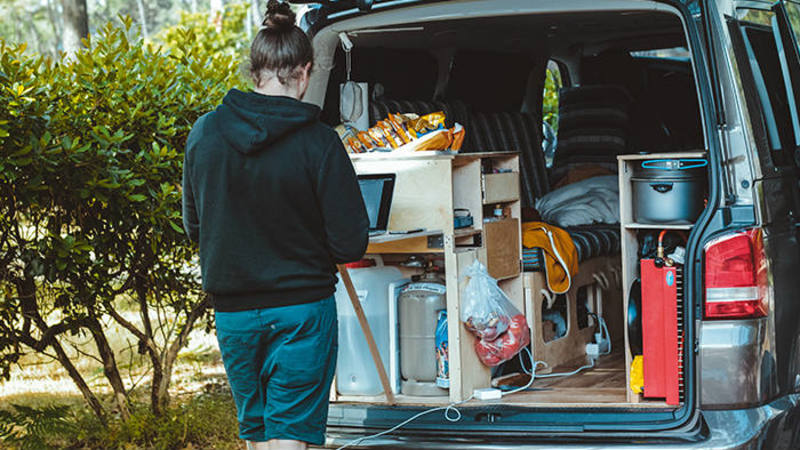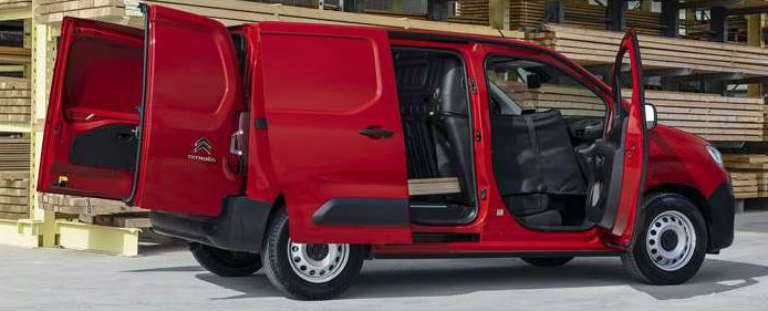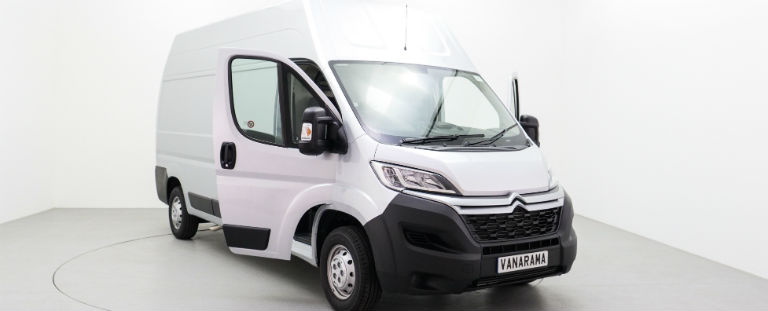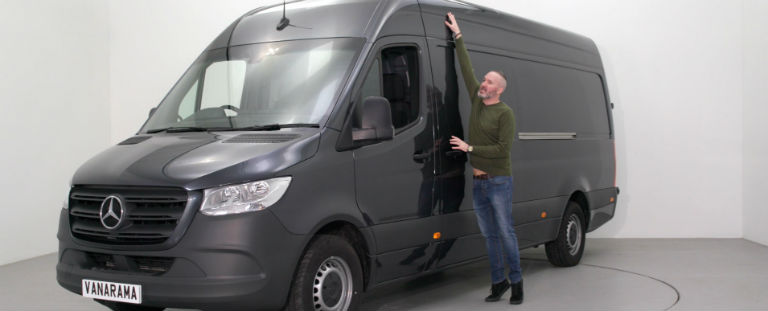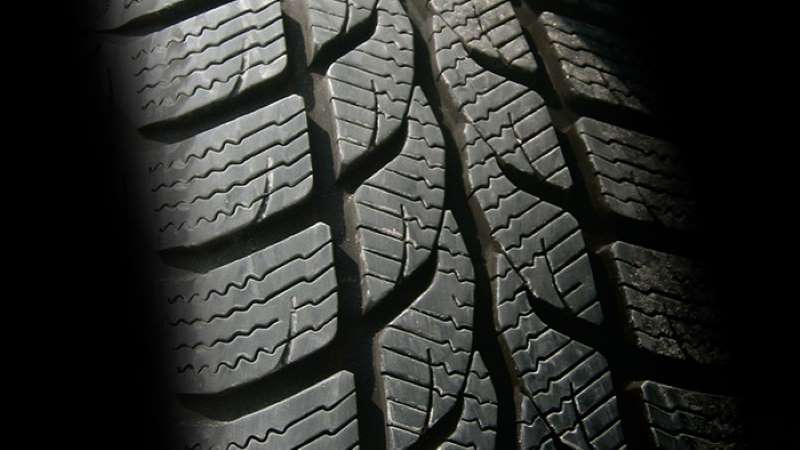You might have started a new business, perhaps your business is expanding & you need a new van, or you just want to replace an old one. Whatever your situation, choosing the right vehicle for your requirements is important.
You need the right van with the correct equipment for now & the future. So how do you make your mind up? Take a look at this handy guide to help you through the decision-making process
How will you be using your van?
Think About Payloads
Considering your daily business needs will help you decide what size van will suit you best. If you're transporting supplies from your local merchant to site, you need to consider the size, weight & volume of your typical load to decide on the ideal payload for your van.
What is a van payload?
Payload is the maximum load a van can safely carry as specified by the manufacturer.
Here are some typical weights & sizes to help give you an idea:
-
A bag of dry sand -1330kg per cubic metre
-
A Euro pallet -1200mm x 800mm
-
Baled hay - Up to 225kg per cubic metre
-
A bag of cement - 25kg or 50kg
-
A sheet of MDF - 2440mm x 1220mm x 15mm weighs 30-37kg
-
A bag of potatoes - 50kg
-
A tin of 5L paint - 7kg
An overloaded vehicle could land you a fine & more, so it's vital to consider the size, weight & types of cargo before you choose your van.
What Is Load Space & Why Is It Important?
Once you know the weights you'll be transporting, you also need to calculate how much load space you'll need. Load space is the available space inside a van that is designed to carry a load & is usually provided in litres or square metres.
If you know you'll need to transport small tools or parts then a medium or small van might suit you, while if you know you need to transport several Euro pallets you might require a larger vehicle.
Think about how the load will be accessed. If you have a heavy load you may need access to the cargo area with a fork-lift truck. Access to the side of the van may also be important if you work in towns.
Finally, consider any special requirements the load may have. For example, a catering business may require temperature control.
How Many Seats Do You Need?
Calculate the maximum number of passengers you will carry. You may need a row of seats in the vehicle if your business involves teams, or if you are going to be using the van during the evenings & weekends with the family.
Think about driver comfort too. Most vans are pretty comfy these days, but if you spend all day in the van then it may be worth investing in a higher trim level for a little extra comfort.
Easy Access
Are there any access restrictions to consider where you will be working? For example, if there will be narrow streets or height restrictions then city vans with dual sliding doors that allow for curbside loading would be a good choice.
Type Of Journey
It's also important to consider what types of journeys you'll need to make. Short trips around urban areas put different demands on a van than long motorway trips.
-
Where will the load be carried?
-
How often will the van be at full capacity?
-
How frequently will you be using it?
Remember to think outside the box when you are considering how you will use your van. If you only carry large loads occasionally you might want to consider getting a smaller, more economical vehicle & hiring a bigger van as & when. Equally, a small van might be great value now, but think about your business needs in another year. Will a smaller vehicle still be suitable then?
What Are The Different Types Of Vans?
If you haven't leased a van before then chances are you won't know your panel van from your crew van & can only guess at the benefits of a car-derived van! Don't worry, you are not alone. Take a look at our jargon-busting info below:
Panel Vans
Panel vans are the most popular & versatile van type on our roads. With a wide range of body styles they provide a good balance between load carrying ability & ease of driving.
Panel vans are used by many trades including electricians, plumbers & are popular with delivery firms.
Medium Panel Vans
The Ford Transit Custom is the nation's favourite medium panel van along with the Mercedes Vito, VW Transporter & Vauxhall Vivaro.
Large Panel Vans
Larger vans such as the Mercedes Sprinter, Ford Transit, VW Crafter & Citroen Relay offer a range of larger payloads & vaster load space options.
Small Panel Vans
Small panel vans are ideal for sole traders or light delivery trades, & include the Ford Transit Connect, Vauxhall Combo Cargo & Citroen Berlingo.
Car-Derived Or Compact Vans
A van built on the platform of a car, with the rear seats removed to create loadspace. It is often used for light deliveries or by self- employed tradesmen who don't need to carry too many heavy tools.
The most popular car-derived compact vans include the Ford Fiesta Sport Van.
Small Or Light vans
Carrying more than a car-derived van, the small van is easier to maneuver, generally more fuel efficient & easier to drive than a panel van. Small vans are favoured by trades with low load requirements & are favoured in a wide range of trades such as by plumbers, photographers & florists.
Popular small vans include the Citroen Berlingo, Ford Transit Connect & Volkswagen Caddy.
Crew Vans
Crew vans offer an extra row of seating behind the front seats for additional crew carrying capacity. They are usually a modified panel van & are also known as a double cab. The additional passenger capacity makes them ideal for businesses such as road gangs/scaffolders.
A wide range of vans offer crew options including the Renault Trafic & the Ford Transit Custom Minibus.
Specialist Vehicles
Some businesses require specialist commercial vehicles to cope with day-to-day operations. Our van range includes the following specialist body types:
Luton Vans: Popular with removal firms, Lutons are a box type body extending over the top of the cab for extra load space.
Refrigerated Vans: Refrigeration elements keep the contents of the van cool. Often used by catering firms or florists.
Curtain-side Vans: The van's sides are made from canvas to facilitate easy loading. Great if access to the entire side of the vehicle is needed.
Tippers: A hydraulic ram pushes the front load area up. Useful for carrying heavy materials like aggregates which need delivery direct to site. Not to be confused with chassis cab vans or a conversion van.
Drop-sides : An open top with shallow sides that drop down for easy access. Often used in building/horticulture where bulky items need transporting.
How Do I Choose Van Size?
Now you know what type of van suits you best, you'll need to consider what length & heights are best. Make a list of all the tools & equipment you carry, including for those bigger jobs where you have to transport more kit. This will help you determine the dimensions & load bearing capacity you need in your new van.
What Is A Van Wheelbase?
The distance between the front & rear axles has a big impact on the length & therefore the capacity of a van.
There are three options:
-
Short wheelbase
-
Medium wheelbase
-
Long wheelbase
The length of wheelbase will determine how much storage capacity you have & affect your van's manoeuvrability.
On the Vanarama website the length of a wheelbase will be denoted by 'L' on van descriptions. For example, an L3 Ford Transit Van will be the tallest option available.
Don't forget to consider extra equipment when you choose your wheelbase. If you need grabs, hoists or a tail lift for example, the wheelbase must be able to accommodate these.
Choosing The Right Van Height
Van manufacturers offer three different roof heights; low, medium & high. These & the different wheelbases are not always a standard size. So always double check sizing if you are comparing different vans.
Much like the lengths, the heights of a body type will be denoted by 'H' on van descriptions. For example, an L3H4 Ford Transit Van will be the longest & tallest option available.
Usually anything above an H2 is considered a high top van & should offer enough space to stand if necessary inside the load space.The best body type will normally be the smallest one to do the job as this will be the most fuel efficient. Before selecting a low, medium or high roof there are some things to consider:
-
How much will your van need to carry?
-
Is it likely to run empty or light?
-
Are the loads high-volume/low-weight or vice versa?
-
Will you need specialist loading/unloading capabilities?
-
Are there any height or length limitations where you will use the van?
Wheels & Tyres
Few manufacturers will specify a tyre preference when customers order a new van, but there is usually an option to upgrade to alloy wheels. Alloys can also play a small part in your van better representing your business & making a strong first impression.
Cabin Comforts
Van cabins have improved a lot over the last 10 years. When you choose your van, make sure the cabin includes all the features you need to make driving & working in it a more comfortable experience - if it doesn't, consider upgrading to a higher trim level.
The highest trim level of most panel, small & compact vans offer luxury features such as heated seats, infotainment systems, cruise control, climate control & music options like Apple Carplay or Android Auto.
Don't Forget Running Costs
For any commercial vehicle, running costs are a key consideration. When choosing your new van it's important to take into account:
-
Fuel Capacity & Consumption
-
Servicing & maintenance
-
Van Insurance
-
Vehicle Excise Duty
How To Finance A Van
At Vanarama, we have a range of van leasing options to suit you & your business needs. Whichever option you choose, you can rely on fixed monthly payments & our price protection guarantee.
Head back to our van leasing explained hub or take a look at our latest van leasing deals

